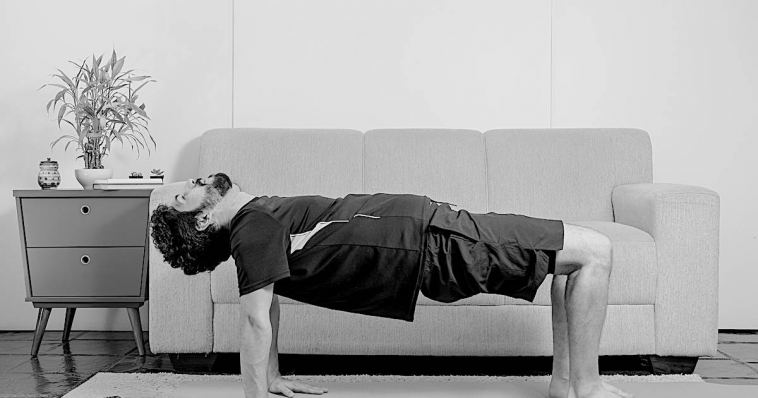- Like
- SHARE
- Digg
- Del
- Tumblr
- VKontakte
- Flattr
- Buffer
- Love This
- Save
- Odnoklassniki
- Meneame
- Blogger
- Amazon
- Yahoo Mail
- Gmail
- AOL
- Newsvine
- HackerNews
- Evernote
- MySpace
- Mail.ru
- Viadeo
- Line
- Comments
- Yummly
- SMS
- Viber
- Telegram
- JOIN
- Skype
- Facebook Messenger
- Kakao
- LiveJournal
- Yammer
- Edgar
- Fintel
- Mix
- Instapaper
- Copy Link
I get it. It hurts when you move, so you try to limit the amount you move so you don’t suffer as much. It’s a natural reaction. And it’s one your brain is counting on. Let’s chat about why your mind is banking on you doing that, and what’s the sneaky bugger doing?
The first thing you can do to increase your mobility is to look at pain as a warning.
1. Increase Your Range of Motion
I’m going to start by saying this. Your brain loves you. Like really loves you and doesn’t want you to get hurt. But much like a toddler and a mud puddle, it can’t trust you to make the right choices.
So, to keep you safe and alive, the main job of the brain is protection and survival. To do that, it needs to be a bit of an ass at times and make some tough decisions. You may want to run, lift, swim, or whatever it is you want to do, but the brain will have to step in, be a momma-bear, and stop you.
Remember, your brain’s priorities aren’t the same as your priorities. And with that in mind, let’s talk about mobility. Barring any mechanical restriction, it’s your brain that is putting a stop to your mobility gains. It’s true.
Let me tell you why. There are generally two reasons your brain will limit your mobility:
Think about it. If you’re weak in a range or position, why the hell would your brain let you go there if you can’t get yourself back? If your mind, even for a second, thinks you’re not safe in a range or position and that you run the risk of getting hurt, then it’s going to stop you. Guess how it’s going to stop you? That’s right, by hurting you.
Pain Is a warning. Pain is the best tool your body has to make you pay attention to what your brain is telling you, and it uses it to draw attention to boo-boo’s and to stop you from doing anything that’s going to hurt you.
So how do we get healthy in our range of movement, so the brain lets us go there? Well, the answer is bit-by-bit. You need to earn the trust of your mind, and that will happen as you build strength. Take this exercise from the Mobility Reset program.
The L-sit to tabletop is the perfect trust-building exercise between you and the big squishy thing upstairs.
Not only does the movement help you build range by asking the brain to complete the task of reaching an excellent flat-end position, but it also makes the strength for:
- Shoulder extension support and stability
- Hip extension, glute, hamstring, and spinal erector activation
- Co-ordination throughout the whole body
And co-ordination builds comfort, which builds trust. See what I mean?
Try it here:
2. Strength and Stability Are Crucial to Mobility
That brings me to the second thing. Use the ranges that you currently have.
One of the truest things I have ever learned about the brain-body connection is if-you-don’t-use-it, you-lose-it. Your brain doesn’t want to devote any time or space, and that means neurons, to crap it doesn’t use.
It doesn’t matter if you were an Olympic gymnast. If you don’t frequently move into the ranges you have, then you will lose them. To make that more relatable:
- If you sit at a desk all day, slouch, and you never move your spine in a different direction, what do you think will happen? You’re going to end up with a humped posture, an inability to extend or rotate your back, and pain.
- The way the brain sees it is like this. We haven’t arched or rotated our spine in weeks, so do I need to keep devoting brain map space to this ability? Hell no, I don’t. I’m going to use those neurons for something else.
If this sounds like you, try this spinal wave exercise from the Mobility Reset Program. See if you can move your spine the way you should be able to move it.
So what I’m saying is this. To be mobile or build mobility, you need to develop the strength and stability in the ranges you want for the brain to let you go there.
And you have to couple that with using those ranges frequently or your brain will take the ability to use them away from you. It all comes down to using a joint like a joint and using it often.
Both of these exercises are from our Mobility Reset program.


